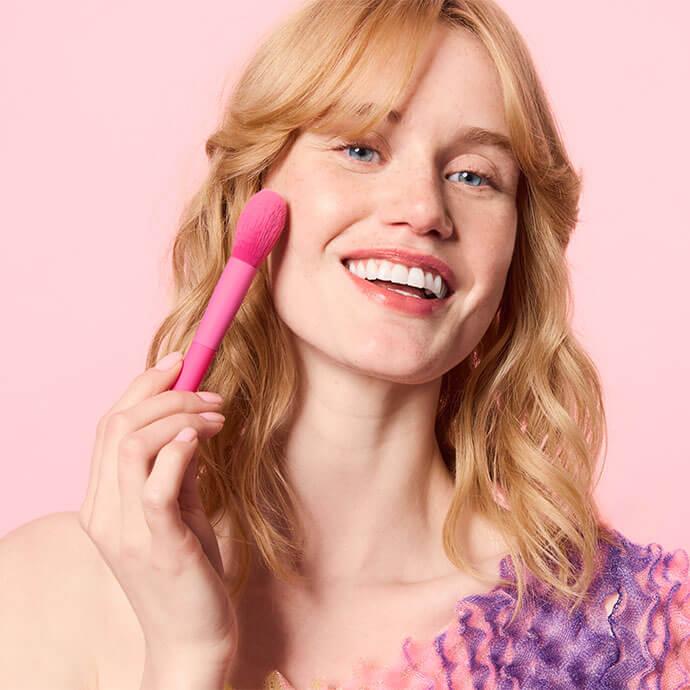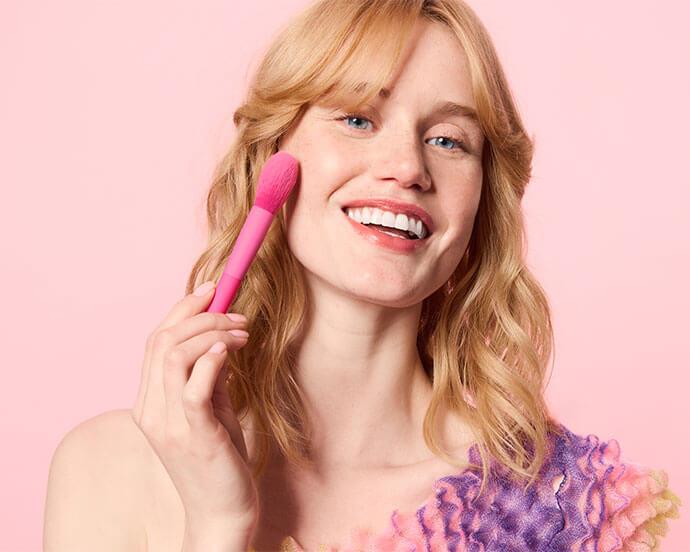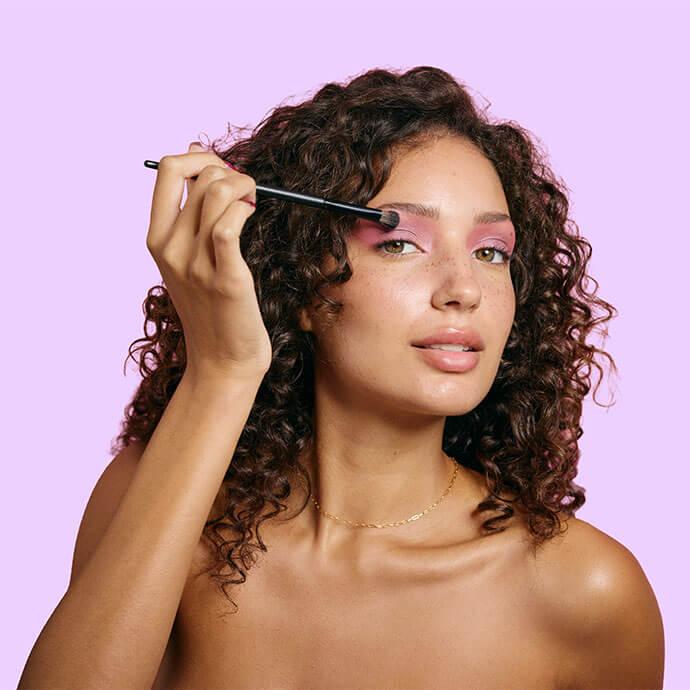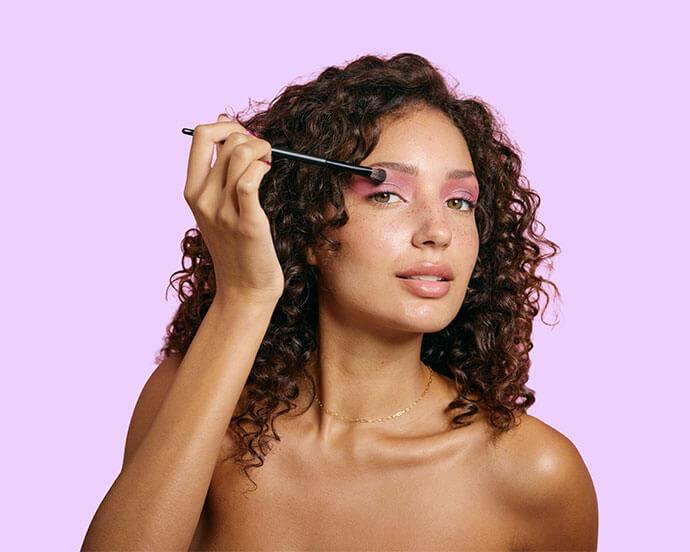What is Butt Acne? How to Get Rid of the Pesky Body Breakouts



IPSY Editors


Summer is a season synonymous with swimsuits, sunscreen, and ramped-up shaving routines. Unfortunately, all of these things can also lead to butt acne, an informal term for breakout-like spots that often show up on your behind. While these blemishes are common and often clear up on their own, they can certainly put a damper on your day—and your confidence.
Whether these body breakouts arise during peak summer or the dead of winter, there's never an ideal time to have a breakout on your backside. Below, we're diving into what exactly "butt acne" is, what causes it, and how you can prevent and treat it with help from Los Angeles-based dermatologic surgeon Jason Emer, MD.


It's about glam time you treated yourself.
MEET THE EXPERT
Jason Emer, MD, is a dermatologic surgeon based in Los Angeles. He runs his own practice in Beverly Hills and regularly shares skincare tips and insight into skin treatments on his popular Instagram page.
What even is butt acne?
First, if you’re experiencing breakouts on your behind, it’s actually most often not "acne" that you're experiencing, but rather something called folliculitis. Dr. Emer explains that folliculitis is "inflammation in the hair follicles." Basically, when the hair follicle is inflamed, it can swell up and become red, resembling facial acne. However, folliculitis differs from acne because "acne typically has a hormonal or bacterial component that requires antibiotics and more aggressive creams," says Dr. Emer. "Acne is not related to the hair follicles. It's related to pores being clogged and getting inflamed."
What does it look like?
It can often be difficult to tell folliculitis (or “butt acne”) and traditional acne apart because they can both show up as inflamed, red bumps on the skin. Furthermore, folliculitis sometimes causes small, whitehead-like pimples around the hair follicles. With acne, whiteheads are typically filled with oil and dirt, whereas folliculitis breakouts are typically filled with dead skin cells and white blood cells. "It can be itchy and painful, especially if the hair follicles are plugged or clogged and stuck under the skin," says Dr. Emer. "It can also predispose the skin to infection if there is inflammation or if it’s shaving that isn’t done properly or cleanly." In some severe cases, infected hair follicles can lead to a staph infection (AKA staphylococcus aureus).
What causes butt acne?
Here are a few reasons you may experience "butt acne":
Genetics: Just like acne, some people (especially those with sensitive skin or acne-prone skin) may be more likely to experience this skin condition. Dr. Emer says that sometimes genetics can play an important role in how likely you are to suffer from flare-ups.
Environmental factors: Hair follicles are more easily damaged and prone to infection in damp, warm conditions, which is why you may experience "butt acne" more often during warmer months. "Sitting predisposes sweat and inflammation so the follicles can get plugged and irritated more frequently," says Dr. Emer.
Clothing: "Tight-fitting clothing [i.e. yoga pants and swimsuits] and spandex-type shorts can hold sweat and heat if they’re not moisture-wicking and cause more issues with recurrences," Dr. Emer adds.
Hair removal treatments: Additionally, most hair removal methods such as shaving, plucking, or waxing can make folliculitis more likely. You may hear folliculitis referred to as razor bumps or razor burn.
How to avoid butt acne:
If you want to stop folliculitis before it can even arise, here are a few prevention methods to try.
1. Avoid tight-fitting clothing.
An easy first step to avoiding it is to wear breathable, loose-fitting clothing as much as possible. Keeping your clothing moisture and friction-free will help to limit the conditions under which folliculitis tends to thrive.
2. Take off wet and sweaty clothing ASAP.
Whether you just got home from the gym or hanging pool-side, do your best not to sit around in damp or wet clothing any longer than needed. Remember, a warm environment + tight clothing = prime folliculitis conditions. Also, make sure to wash your activewear and swimsuits frequently and allow them to fully dry before wearing them again. This will help to reduce your exposure to bacteria that can spark folliculitis.
3. Regularly exfoliate the area.
Exfoliation is key to treating and avoiding folliculitis—but there is a right way and a wrong way to go about it. If you're not currently experiencing folliculitis, go ahead and use physical exfoliators like body scrubs and loofahs to regularly remove dead skin cells. However, if you’re currently having a flare-up, scrubbing your skin with physical exfoliants can aggravate folliculitis, making it even more inflamed. Instead, you want to focus on using skincare products that are formulated with chemical exfoliants (i.e ingredients like glycolic acid, lactic acid, and salicylic acid). These ingredients help to "unglue" dead skin cells from the body and keep skin smooth and build-up free.
It can be a good idea to regularly use a chemical exfoliating toner like DOWN TO TONE Life-Changing Toner Exfoliating Toner on the areas where you tend to see folliculitis pop up. This toner contains a powerful acid blend with other anti-inflammatory ingredients like niacinamide
4. Consider laser hair removal.
If you find that you're chronically prone to this skin condition, you may want to consider undergoing laser hair removal for the affected area. Dr. Emer explains, "If you do hair removal in the area and have no follicles, it is much less likely to get any hair follicle inflammation or overgrowth of normal skin bacteria or fungus."
How to get rid of butt acne:
So, you've done what you can but you still got hit with a butt breakout. Here are a few things you can do.
1. Try a peel (yes, on your butt).
If you're dealing with a difficult flare up and you need an intensive treatment now, try a chemical peel. This can be done by a dermatologist, or a version of the treatment can be done at home. We love using these SONÄGE SKINCARE Glow To Go Glycolic Acid Peel Pads to give the area an intensive treatment. Dr. Emer says he also loves using this enzymatic polish, which uses papaya enzymes and alpha-hydroxy acids (AHAs) to gently cleanse and resurface the skin.
2. Combine salicylic acid with benzoyl peroxide.
If you're trying to tame a current folliculitis "zit", try treating it with both salicylic acid and benzoyl peroxide. The first helps to unclog pores and remove dead skin cells while the latter is antibacterial. Using a cleanser like MURAD Clarifying Cleanser (which contains two types of salicylic acid) and then applying a benzoyl peroxide cream as a spot treatment can do wonders to treat irritation.
3. Treat dark spots like you would on your face.
If folliculitis has left you with a dark spot, those can be treated just like any other dark spot. Ingredients like retinol, niacinamide, and vitamin C can all help to even out your skin tone. You can also try a treatment like VERSO SKINCARE's Dark Spot Fix which combines proven dark spot-correcting ingredients together in one powerful formula.
4. Check with your dermatologist.
If you find you're suffering from chronic folliculitis or you're having a really difficult time differentiating "buttne" from body acne, make an appointment with a dermatologist. Sometimes, oral antibiotics and other medications may be prescribed for chronic cases. Dermatologists can also help to guide you with the right over-the-counter routine.
Want in on all the IPSY Glam Bag fun? Take our Beauty Quiz now to get started. Already an Ipster? Refer your friends to earn points, which you can use toward products. Either way, don’t forget to check us out on Instagram and Twitter @IPSY.
Liked this post? Share!
Related Stories


How-To
Blush 101: Your Go-To Guide on How to Apply Blush for Your Face Shape
Published on Dec 12, 2025 • 12 min read


How-To
How to Apply Eyeshadow: A Beginner’s Guide to Flawless Eye Looks
Published on Dec 4, 2025 • 10 min read


How-To
How to Do Winged Eyeliner Like a Pro (No Steady Hand Required)
Published on Dec 3, 2025 • 9 min read
How-To
Try a Soft Goth Aesthetic This Season to Evoke Your Inner Wednesday Addams
Published on Feb 23, 2023


How-To
Everything You’ve Ever Wanted to Know About Mastering the Art of Bronzer
Published on Nov 5, 2025 • 10 min read


How-To
Blush Sticks 101: How to Apply Them and the Best Blush Sticks to Use
Published on Nov 5, 2025 • 13 min read


How-To
How to Treat Yourself: 39 Simple Self-Care Ideas
Published on Oct 22, 2025 • 15 min read


How-To
How to Cover Melasma With Makeup Like a Pro in 4 Simple Steps
Published on Sep 26, 2025 • 5 min read


Beauty Picked Just for You
Get 5 products worth up to $70
Plus exclusive access to epic deals up to 80% off
Starting at just $14/month. Cancel anytime.